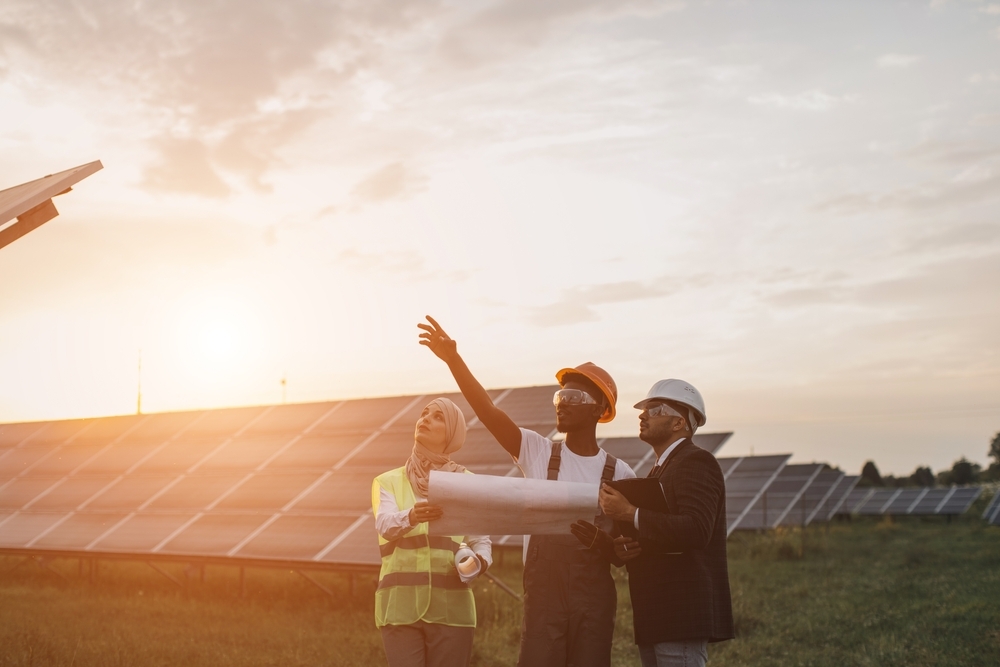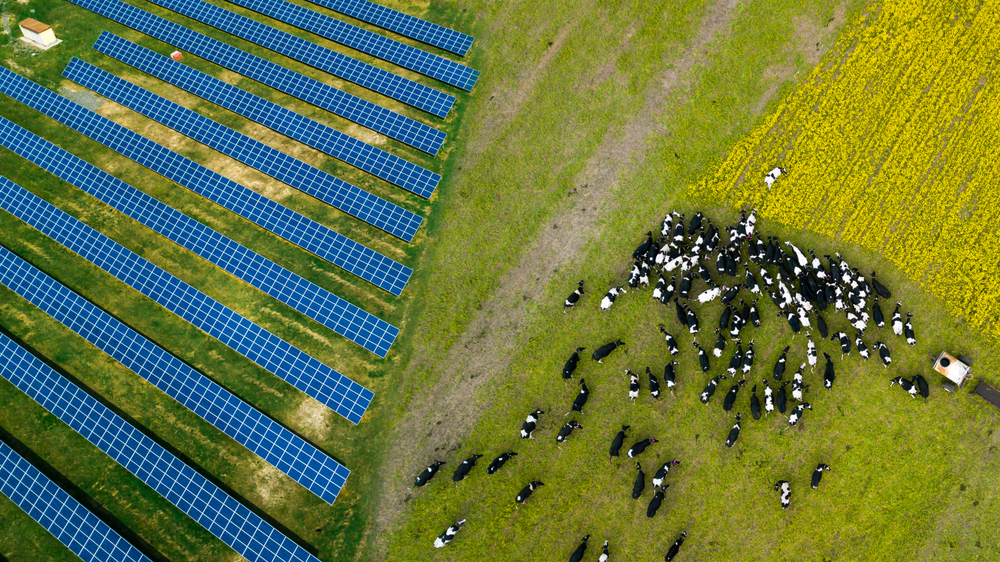Solar: Powering the UK Towards a Clean Secure Energy Supply

Ensuring the Future of Energy Security
The geopolitical upheavals of 2022 have had a dramatic impact on the European energy market. These have highlighted our reliance on expensive, imported and carbon-intensive energy. Despite a turbulent political and economic period, solar energy is still well positioned to help solve that challenge at scale. But in the last few months a range of political decisions have put much progress – and potential future investment – in this growing sector at risk.

The Net Zero Energy for the Future
In April 2022, the UK Government set out its Energy Security Strategy to drastically improve domestic energy security and slash escalating costs, and solar is a key pillar. The Government’s solar ambitions are set to increase its current 14 GW supply fivefold by 2035, which would reduce gas imports by up to 20 per cent.
The new PM, Rishi Sunak, has wasted no time in confirming he expects renewables to deliver more of the UK’s grid, because they are the most effective answer to the challenge of rapidly decoupling from Russian fossil fuels.
Fortunately, solar is now one of the most affordable green sources of energy for the UK, with new assets extremely competitive without taxpayer subsidy. When the Conservatives came to office in 2010, solar supplied the UK with just 94MW of energy, with significant subsidies required to match the cost of fossil fuels.
That’s no longer the case: we have seen in parallel a decline in costs and an exponential increase in the rollout of solar projects. In just the first six months of 2022, 556MW of solar power was installed in the UK, and on 19 July, it hit a record peak output of 7.77GW. Installation costs have plummeted, and new solar plants are deliverable at large scale with no subsidy at all. Every panel installed is now actively lowering energy generation costs, reducing fossil fuel dependence and limiting our emissions.
April’s Energy Security Strategy provided a vote of confidence for solar, with the hope of drawing in more private investment to expand the industry. Of course, the same factors that apply to the solar sector – rising demand, a need to decarbonise and lower relative infrastructure costs – apply everywhere. So, it is crucial the UK is proactive in securing prominence in the global solar market, which is currently valued at $182.5 billion and expected to increase to $371.7 billion by 2027. However, to see this to fruition, Government policy must work in favour of the technology, and provide backing to what is a critical industry to the UK’s energy security.

In recent months, this support has been lacking. Threats from broader domestic policies have put the burgeoning solar industry at risk. The recent Conservative leadership campaigns saw pledges to limit the placement of new solar farms on agricultural land, despite the contradiction that only 0.1% of land is used for solar power, and many solar farms are actively helping to create biodiverse habitats and areas suitable for grazing – protecting the incomes of grassroots farmers.
Solar at the Risk of Government Policy
Those campaign commitments were nearly realised under Liz Truss’ leadership, when it was reported that Defra would be exploring changes to land use policy, to limit the placement of new solar assets. Ground-mounted solar – which currently equates to 9.6 GW – a majority of current solar output, would be unable to deploy at an effective rate with these changes as much of the remaining land in the UK is simply unsuitable for housing the technology. Critically, even farmers’ unions opposed this ruling, as solar plays an important role in creating a mutually beneficial ecosystem shielding them from expensive alternatives.
Alongside this, the Government is embarking on a potential change to how it regulates and taxes the energy system. Solar has become somewhat a victim of its own success – it is now generating energy at scale at lower costs than other forms of energy, so the Government is keen to ‘decouple’ the cost to the consumer and begin to reduce sky-high bills.
The sector has acknowledged this is a necessary shift, and policy measures like Voluntary Contracts for Difference (vCFDs) have been floated. The Government’s ‘Review of Electricity Market Arrangements’ continues to explore system-level reform of how the UK’s energy markets operate, while it has also published the Energy Prices Bill legislation with a commitment to a ‘price cap’ for profits on electricity and nuclear energy generators, subject to a consultation that has yet to be published.
All in all, despite desperately wanting more solar, the Government has created a tricky landscape for investors, operators and analysts to navigate. With decisions in either direction, or by making policy without accounting for the needs of the sector, the Government could either create a booming UK solar sector that helps tackle our low carbon energy security needs – or hold it back for years to come.
Solar power and the industry’s growth are undeniably critical to securing the UK’s energy supply and its 2.5 per cent economic growth target.
Solar Growth, Led by the Industry
If the Government will not take lead in consulting the industry properly, the industry must act and take the discussion to the Government. Securing clean, affordable and secure energy, ultimately with private investment is critical to the energy industry’s growth and ensuring the UK can reach its 2035 solar deployment target and 2.5 per cent economic growth target. It should not be forgotten that the growth of solar need not come at the expense of other industries, but its neglect risks far more serious consequences.
Madano’s consultants have extensive experience in the solar industry. If you want to talk to us about how we can help, please contact our Solar Lead, Andrew Turner, for a free consultation.